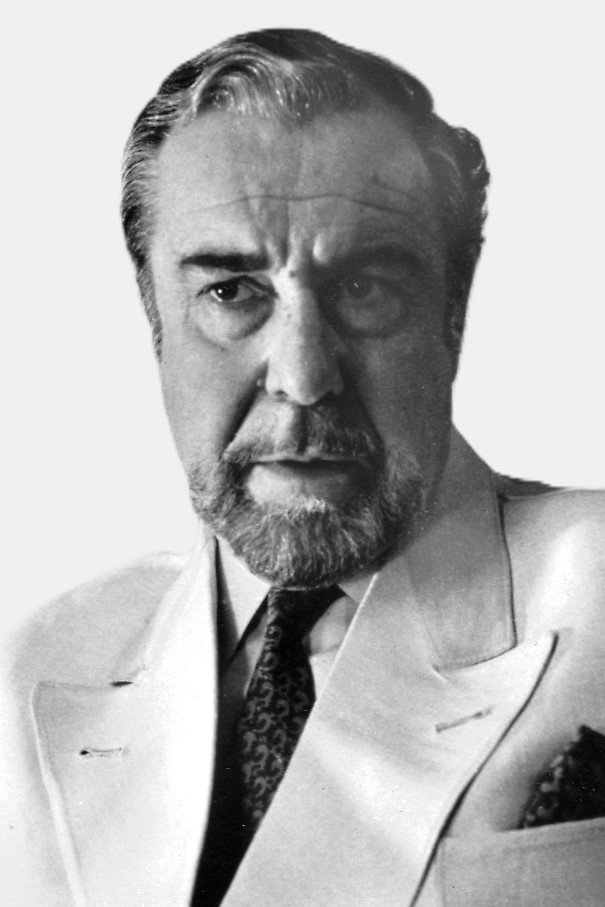
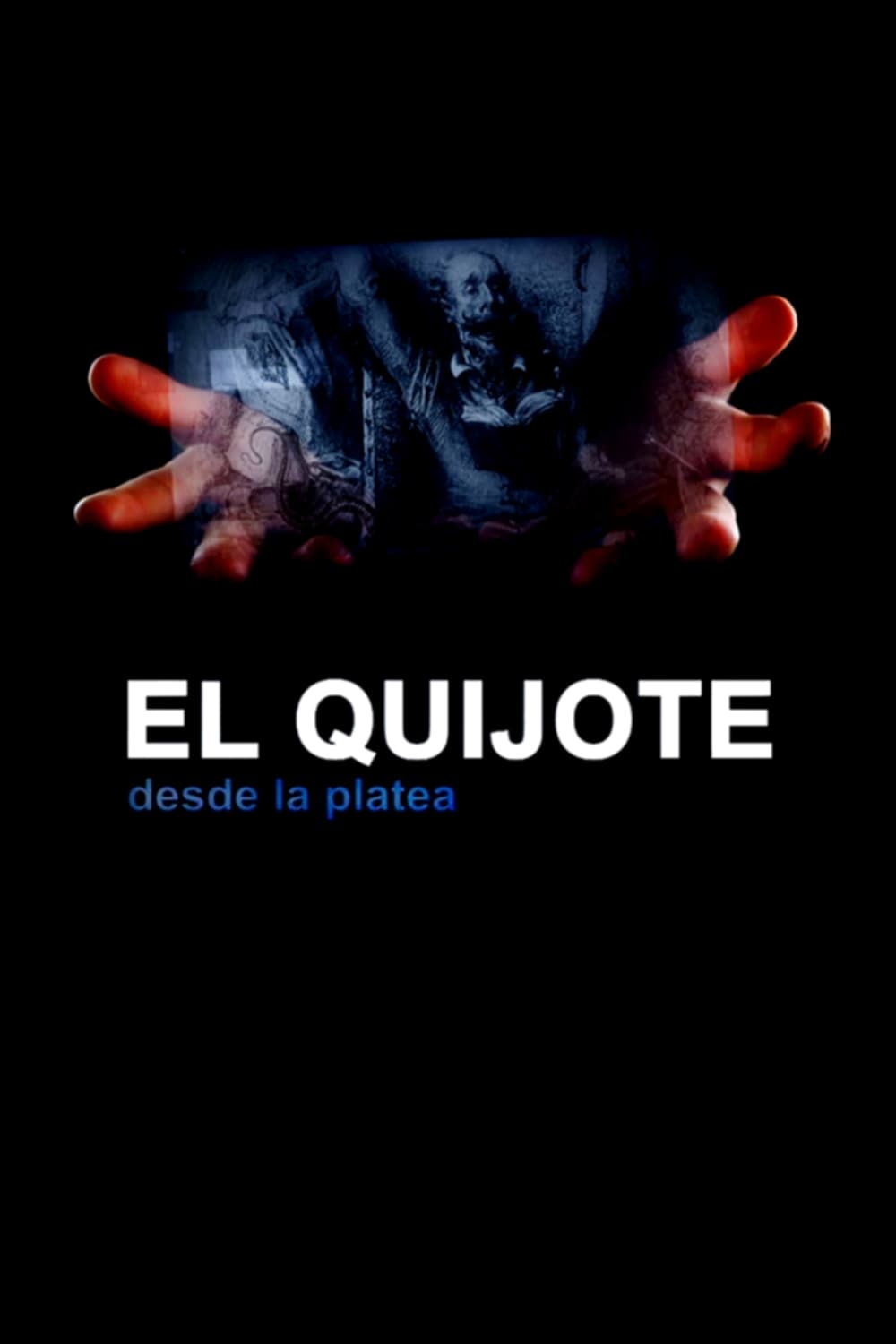
How Don Quixote de la Mancha, the immortal character created by Miguel de Cervantes in 1605, has been depicted in cinema, television, cartoons, theater, opera, ballet and other artistic disciplines. An adventure that began more than four hundred years ago in the pages of a book and is far from coming to an end.
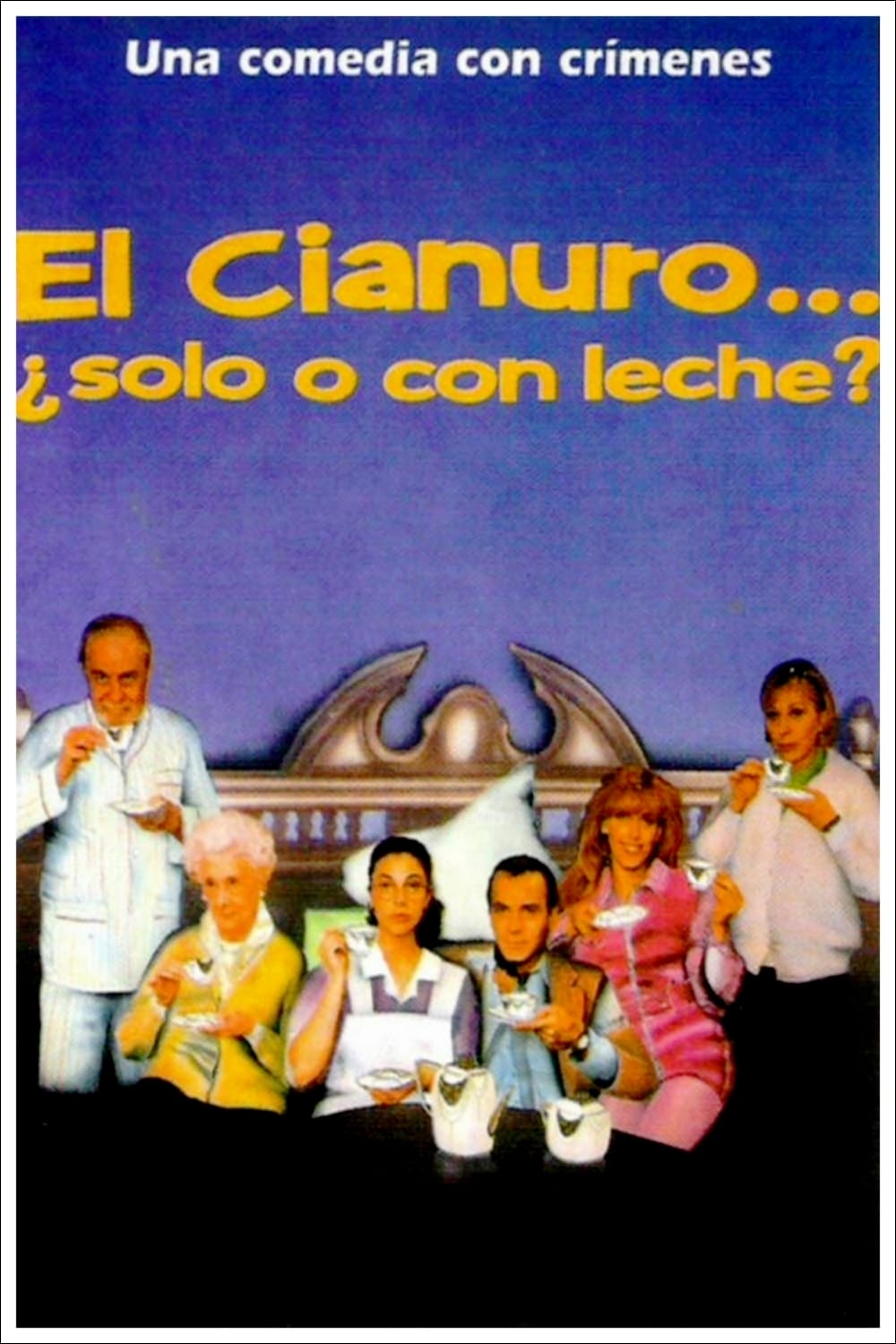
The argument between Enrique and Javier, his best friend and Marta's husband, his lover, ends with the accidental death of Javier. Faced with the difficulty of proving his innocence, Enrique decides to start, along with Marta and the corpse of Javier, a trip without direction.
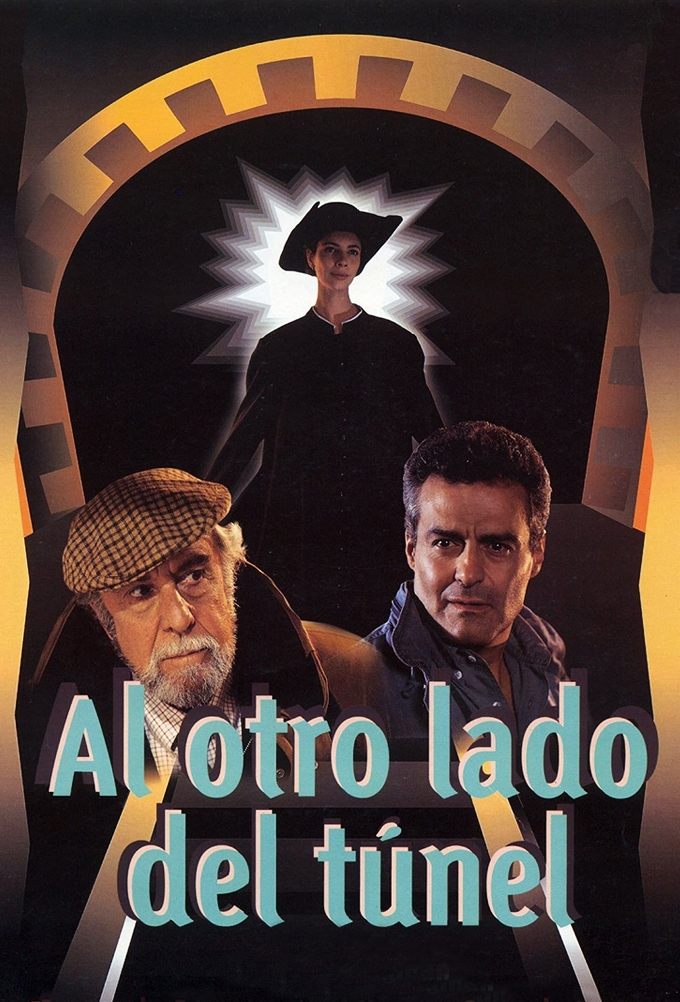
Miguel and Aurelio are two film writers who decide to lock in a monastery in Aragon to finish the script for a movie. Strolling through the beautiful neighborhood, they meet a young and very attractive baker, with whom they maintain a loving relationship and she becomes, without realizing it, the protagonist of the script.

Madrid, Spain. On Monday, December 22, 1947, Charles Vidor's Gilda, starring Rita Hayworth and Glenn Ford, premieres. That same week, as every first Friday of the month, Hauma organizes a peculiar card game in an old tavern.
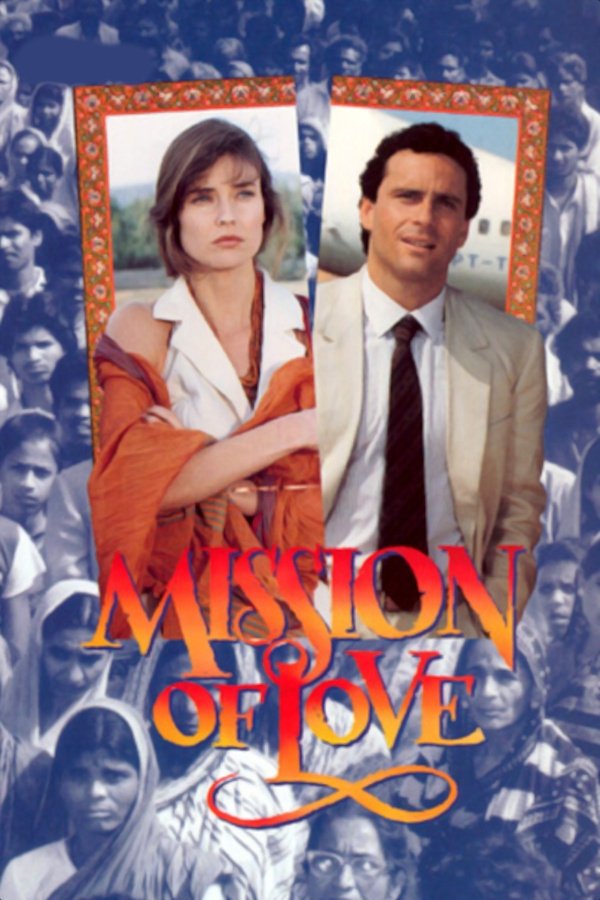
After the death of her boyfriend, Stella travels to India and decides to become a nun and help the poor.
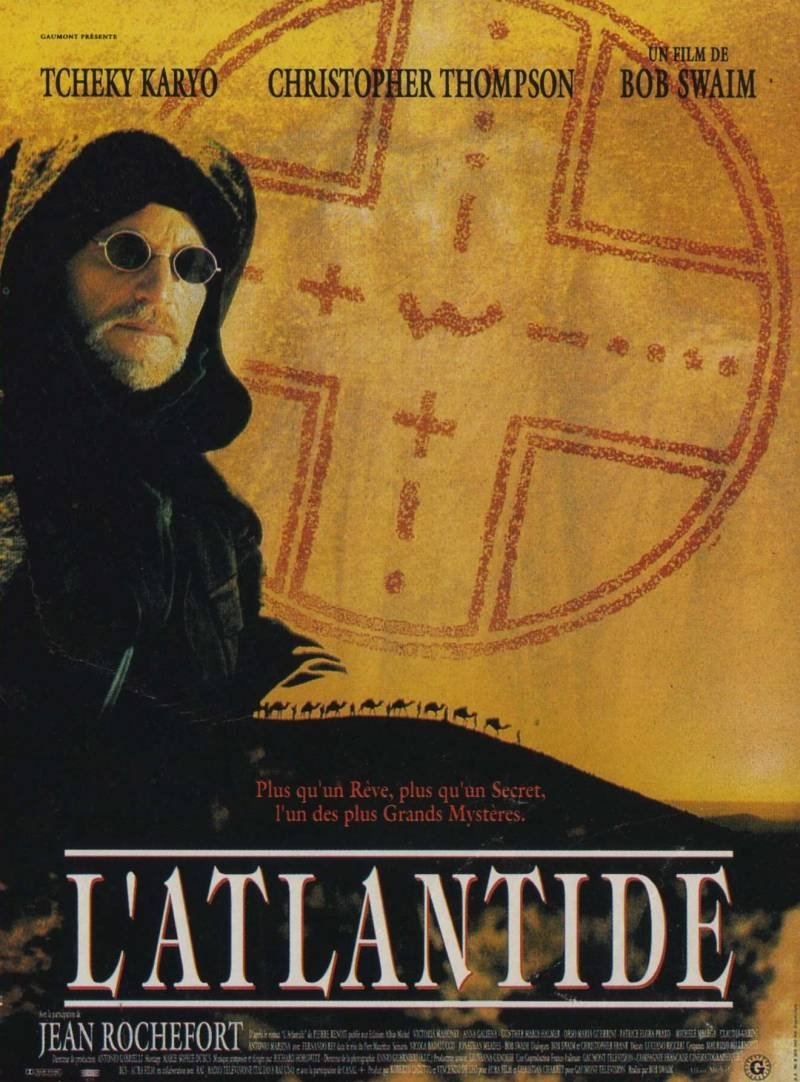
A mythical land who must be discover. Or invented. In an impressive library, two old men. One is a great Polish archaeologist at the end of his work. The second- his best friend. They are masters of a substantial slice of human history: legendary Atlantis. It is refuge and masterpiece, propriety and treasure.
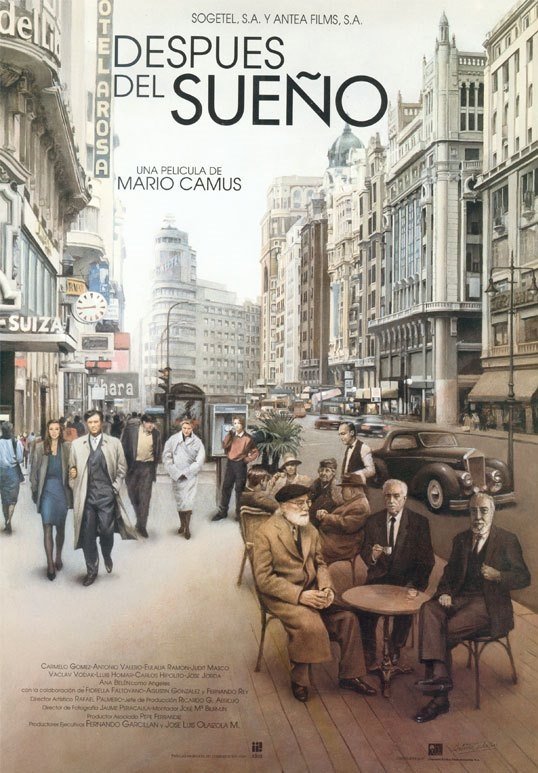
Amós is a sailor and owner of a ship. He is impatient with the arrival of his uncle who returns from the Soviet Union, after having exiled there after the Civil War. They have no time to meet because the old man unexpectedly dies. Amos knows, thanks to the letters his mother received, that his uncle had a treasure. However, this one is not among the objects that were in the old man's room.
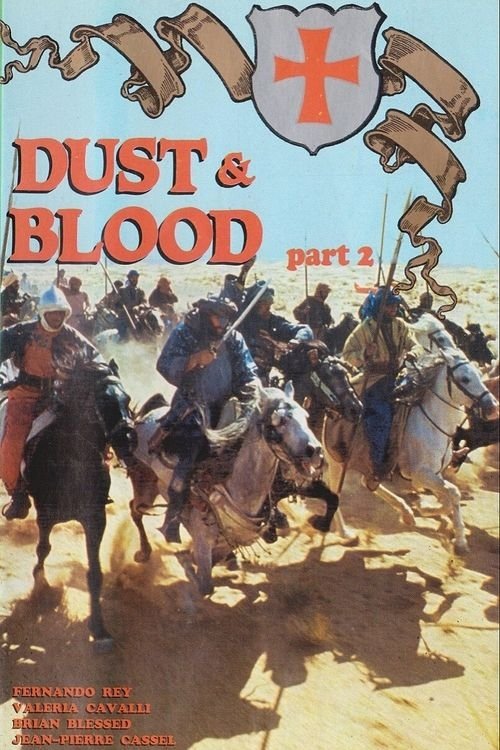
The warlike and sentimental adventures of a young French knight who participates in the crusades.
Fernando Rey (September 20, 1917 – March 9, 1994) — best known as Fernando Rey — was a Spanish film, theatre, and TV actor, who worked in both Europe and the United States. A suave, international actor best known for his roles in the films of surrealist director Luis Buñuel (Tristana, 1970; Discreet Charm of the Bourgeoisie, 1972; That Obscure Object of Desire, 1977) and as a drug lord in The French Connection (1971), he appeared in more than 150 films over half a century. The debonair Rey was described by French Connection producer Philip D'Antoni as "the last of the Continental guys". He achieved his greatest notoriety after he turned 50: "Perhaps it is a pity that my success came so late in life", he told The Times of Madrid in 1973. "It might have been better to have been successful while young, like El Cordobes in the bullring. Then your life is all before you to enjoy it."
By browsing this website, you accept our cookies policy.